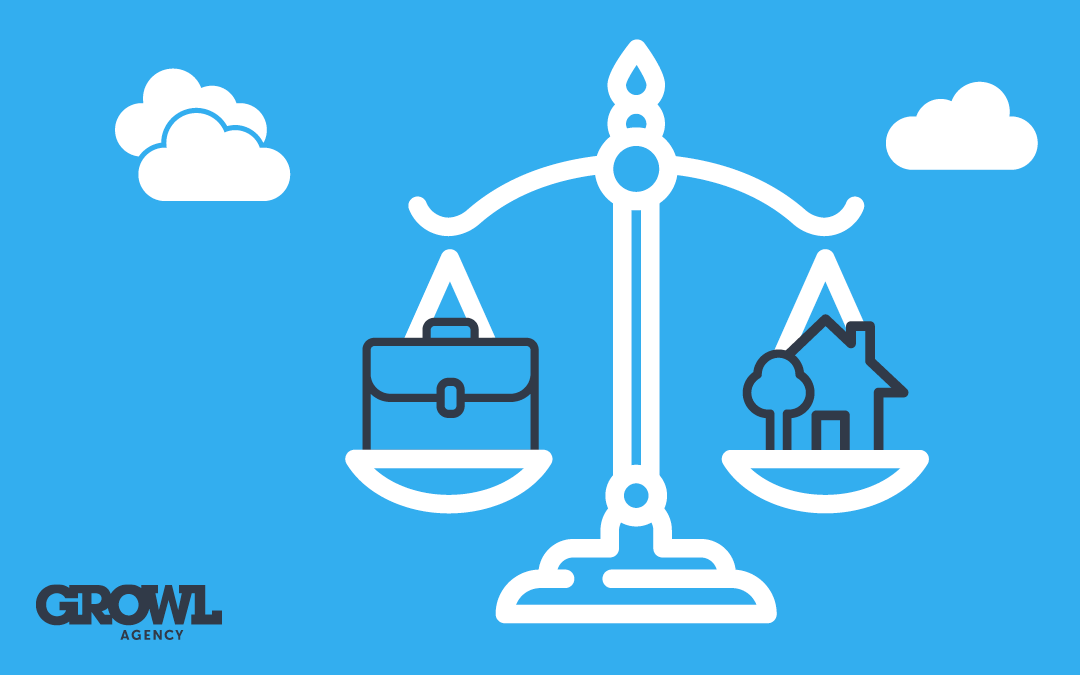
As employees are still working from home, or slowly shifting back to the office, the common question remains: how can we find work-life balance when life has shifted to screens? While working from home, or transitioning back to work, being thoughtful about screen usage, worktime, and family-time is vital.
During stay-at-home and safer-at-home orders, physical distancing has generated a rise in online connectivity and at-home offices, making work-life separation nearly impossible. In theory, a perfect work-life balance can help boost mental health; however, as we adapt to a new “normal,” we must consider a new norm of work-life integration.
Work-Life Integration
Unlike work-life balance, work-life integration seeks to blend the attributes of each, creating a unified and holistic schedule. With pets and family present at your at-home office, and screens always on, integrating the two characteristics is unavoidable. With this always on mentality can be detrimental to mental health, prompting the need for a balanced blend. Use these top GROWL tips to manage your at-home work-life integration better.
1 Everything in moderation
Like snacking, think of screen time in bite-size pieces. While some screen is a necessity, remember to find other outlets to unplug. Additionally, consider the types of screen time you consume and when you consume them. For instance, taking a mid-day break with social media might not be as refreshing as a mid-day stretch.
2 Build worktime into lifetime and vice versa
When working from home, it’s easy to get interrupted by kids, pets, mail, etc. during your working hours. Likewise, with an always on mentality, work pings and project updates might distract you during evening unplug hours. Try setting boundaries and accepting interruption. Flexibility will help boost your mental health.
3 Don’t start and end your day on screens
While it might be tempting to start your day scrolling through email or social media headlines, don’t. This constant need for digital consumption can actually derail your productivity and lead to more stressful and distracted days. Likewise, focus on unplugging in the evening. Exposing yourself to bright blue lights at night lowers melatonin and activates brain stimulation. So, rather than ending your day stressing about projects or scrolling through social media, try giving yourself an hour break before resting.
4 Actually, unplug
Whether it’s a post-meeting stretch or evening coloring, find ways to disconnect. When work and life integrate, it can be challenging to find ways of destressing and decompressing (especially those that don’t require technology). Try blocking out time for a mid-day workout or end-of-day coloring.
Finding balance in the new “normal” means crafting your own perfect blend of work-life integration. If you’re looking for additional tips, check our GROWL’s business resources hub and mental health resources.
